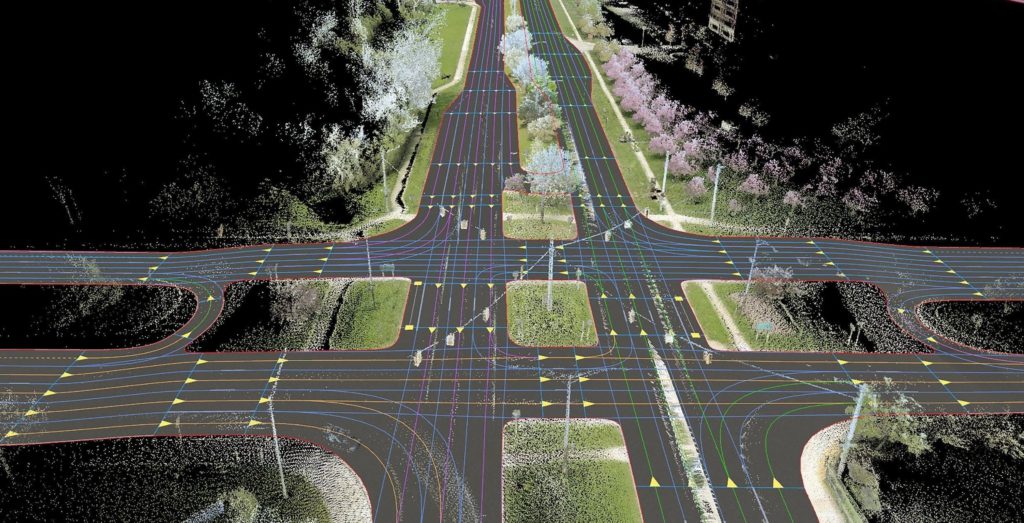Can swarm data prevent car slip-ups?
19 March 2021

Audi is looking to swarm data to improve the speed and accuracy of the hazard-warning system in its networked models. These cars will be able to exchange live data via the cloud, warning drivers of upcoming dangers like changes in the road’s surface.
Audi models have able to warn each other about accidents, breakdowns, traffic, ice and limited visibility since 2017, via the ′car-to-X’ service. Now, the upgraded system will include ′Local Hazard Information’ (LHI) utilising a car-to-cloud application. This technology will be able to estimate the road surface coefficient of friction based on wheel-slip.
This is thanks to a patented solution from Swedish software developer, Nira Dynamics. Together with the Volkswagen Group’s Car.Software organisation and Here Technologies, this solution formed the basis of the development of enhanced hazard alerts.
As different vehicle sensors become more advanced, capable of gathering an increasingly relevant amount of situational information more quickly, so too are the communicative systems that connected vehicles rely on to exchange data. They only stand to improve as an increasing number of vehicles support the relevant technology, adding to the data stream.
′Local Hazard Information’
Using high-precision swarm data for the first time, Audi’s ′car-to-X’ service will be quicker and more accurate. The system was already processing a range of data, including activation of electronic stability control, windscreen wipers, headlights, emergency calls, airbag triggers, as well as rain and light sensors.
It will now be able to detect the most minute changes in road-surface adhesion, upload the information to the cloud for processing and warm upcoming drivers of ice or other slippery conditions in real time. To calculate this, the system uses chassis signals, like wheel speed and acceleration values. This data stream is constant, even under normal driving conditions where the chassis-control system is not intervening.
For those concerned about privacy, the sensor data is anonymised, both in-car and on transmission to Nira’s cloud. Information from many vehicles is then combined with metadata, like current and historic weather conditions. This data package is then integrated with Here’s location platform, forming a 3D model of the road network. Local drivers are then sent an alert about hazardous conditions, allowing them to act accordingly.
Using these friction-coefficient maps, municipalities can optimise their snow-clearing services, while also reducing their environmental impact by using less road salt. Driver-assistance systems can adjust to the road conditions with greater precision, and the route guidance of the navigation system can offer a more accurate time of arrival.
The more the merrier
As more vehicles contribute data to the system, the more it will learn, analyse and create maps, providing a more holistic warning system. This is the fundamental principle of swarm data and intelligence: the more the merrier. This year, more than 1.7 million vehicles from the Volkswagen Group in Europe will contribute data to the hazard-information service, increasing to more than three million in 2022.
′The project for improved hazard information is a good example of the great potential of cross-brand software development. Together with other Group brands and our strategic partners, we were able to develop a digital service within a few months while making use of our own software skills and economies of scale,’ said Thomas MÜller, head of advanced driving-assistance systems and automated driving at the Car.Software organisation. ′The improved hazard information service is just the beginning; we see wide-ranging potential for the future.’
The Volkswagen Group’s Car.Software organisation took chief responsibility for development. The service can be expected to benefit new models from Audi, Volkswagen, Seat, Å koda, Porsche, Bentley, and Lamborghini.